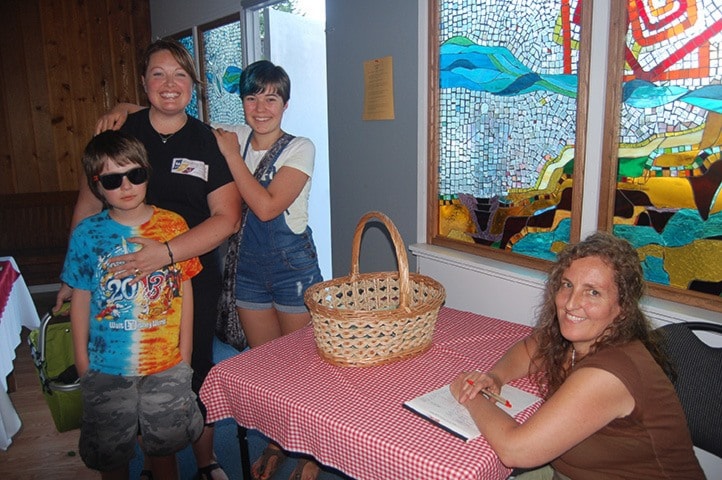“They were a model the provincial government could follow: very fair, very reasonable,” says Kim Van Tine of the Cache Creek Flood Relief Committee (CCFRC), which was disbanded in early April after disbursing some $264,000 in donations. “They asked ‘What was the critical need of people applying’, based on what was important to make a house habitable. The whole situation was dealt with fairly.”
Van Tine was one of 34 applicants to the CCFRC, which was formed in July 2015 to handle the donations that poured in after the flood of May 23. Cache Creek mayor John Ranta says that council was “not comfortable making the difficult financial decisions” entailed in disbursing the funds raised, so an independent committee of five people was formed, and chaired by Wendy Coomber.
The committee was still receiving donations earlier this year, but Coomber says the majority of the donations came in immediately following the flood. “It was great to see how many residents, contractors, businesses, and service and community groups donated,” she says. Donations large and small came from near and far: Barkerville, Ashcroft, Logan Lake, Spences Bridge, Kamloops, Lillooet, and beyond. “It was an incredible response.”
The requests to the CCFRC totalled more than $600,000, and Coomber says that does not represent everyone who could have applied. “Some people felt that the money they received through the province’s Disaster Financial Assistance (DFA) was enough, and didn’t apply to us for funds,” she says.
A small number of people who asked for $2,000 or less in assistance got the full amount, while people who asked for between $5,000 and $50,000 generally got half of what they asked for. Van Tine says he was able to receive some assistance from the relief committee to help offset the massive damage to his house, which was not covered by DFA. “There was no expectation it would cover everything, but it helped.
“There was no nit-picking. The provincial government has a very cookie cutter, very rigid process, but the relief committee looked at the human part of things. That’s the way the process needs to go. There has to be some wiggle room.”
Coomber says that many of the requests were regarding the removal of mud and debris from yards, as well as the repair of garage doors, fencing, sidewalks, driveways, sheds, and retaining walls; items the provincial government’s DFA did not cover. “Most people were pretty reasonable. One thing we all learned was don’t expect your insurance to cover everything. And don’t expect the government to come in and make things all right.”
Tammy Harkness says that funds from the CCFRC helped her repair substantial damage to her garage. “Everything in there went into the creek and was swept away or buried. I lost some stuff, but I’m still here. And the community was very kind to me.”
Leona Paxton says her experience with the relief committee was “very positive. I can’t be more appreciative of how it went.” It cost $50,000 for the restoration necessary to her house after the flood, and the CCFRC provided $21,000 in assistance. “I was blown away. I feel so appreciative of what I got. The support was there, and it was a big help.”
“We received quite a few thank you letters,” says Coomber. “People were pleased they received some money from the fund. All the donations added a little to lessening people’s misery, and lives were made easier for people who were truly impacted.”
